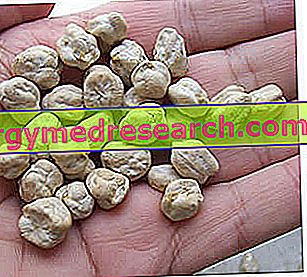By Dr. Dario Mirra
Warming up is a physiological and / or psychological practice that aims to create the optimal conditions for the performance of a performance, both in competition and training.
The purpose of heating is to:
- Facilitate muscle utilization of oxygen.
- Increase lung ventilation.
- Raise your heart rate.
- Create more blood supply to the muscles involved in the work.
- Open the capillaries that are normally closed in resting conditions.
- Remove metabolic wastes from the training session more effectively.
- Allow the achievement of an optimal temperature for the performance.
- Decrease the viscosity inside the structures assigned to the movement.
- Optimize receptor sensitivity.
- Create an optimal excitation of the nervous system.
These are obviously general considerations, in fact, it is easily deducible that each sport has specific types of heating.
Specifically, Body Building is an anaerobic lactic acid sport, which typically during a training session uses three or four exercises per muscle group, with medium-high overloads.
There are several methods that various athletes use before their work-out to achieve optimal warming.
The methodologies can be the most varied and disparate, but in principle it is necessary that they exploit three main rules:
- Use of progressive loads until the target training load is reached.
Example: let's take for example the crosses with dumbbells on a flat bench, and let's assume that I have to try my hand at 4x10 and that my training weight is 100 kg. I will perform several series with a medium-high number of repetitions that gradually accustom my structure and my nervous system to support this load in an optimal way.
- More excursion than the training one. Taking advantage of the previous principle, that is, of using progressive loads, it would be good to work with articular excursions that are wider than those used when the target load is used, and that are reduced until the optimal working excursion is reached as the load grows, and get close to the one used in our training series.
Example: always using the crosses on a flat bench, with my 100 kg and a 90 ° excursion (hypothetically), in my series of progressive heating I will use amplitudes slightly higher than the training width, 100 ° (always hypothetically) and as the load rises, the excursion gradually reduces to the 90 ° of my training series, in order to lower the frictions and accustom my Nervous System to this range of work.
- Decrease viscosity and joint and muscle frictions. Through the exploitation of the previous principles, optimizing the performance from a nervous, biochemical and mechanical point of view.
As for the activation with "cardio" machines, these have a limited usefulness since a simple aerobic activation does not prepare the system for a job with high loads and important tensions; moreover, the gesture of running, of the bike or any equipment used for aerobic activation includes movements that do not reproduce the gesture that will be done with the handlebar, isotonic machine or barbell, and again the aerobics uses glycogen as an energy source very important muscle for our Body Building work-out.



